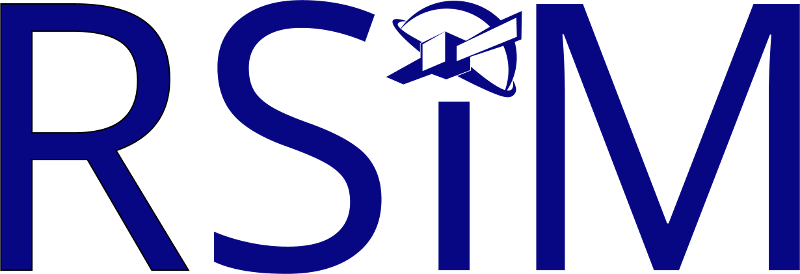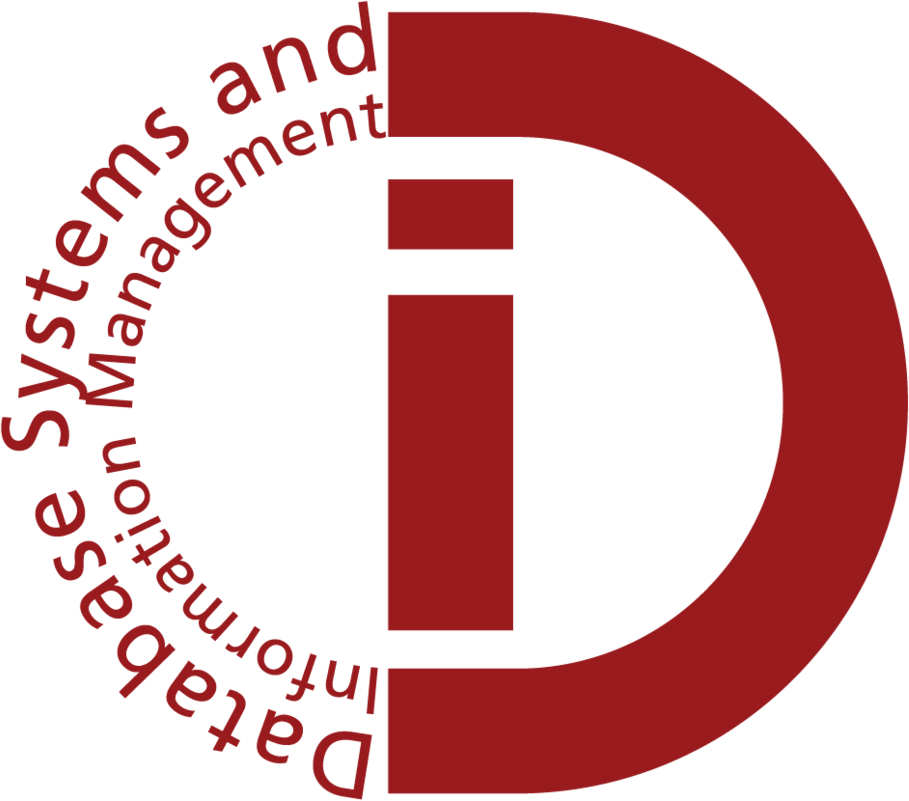About BigEarthNet v1.0
The BigEarthNet v1.0 archive was constructed by the Remote Sensing Image Analysis (RSiM) Group and the Database Systems and Information Management (DIMA) Group at the Technische Universität Berlin (TU Berlin). This work is supported by the European Research Council under the ERC Starting Grant BigEarth and by the Berlin Institute for the Foundations of Learning and Data (BIFOLD). Before BIFOLD, the Berlin Big Data Center (BBDC) supported the work.
BigEarthNet v1.0 is a benchmark archive, consisting of 590,326 pairs of Sentinel-1 and Sentinel-2 image patches. The first version of BigEarthNet includes only Sentinel 2 images. Recently, it has been enriched by Sentinel-1 images to create a multi-modal BigEarthNet benchmark archive (called also as BigEarthNet-MM).
BigEarthNet v1.0 with Sentinel-2 Image Patches
To construct BigEarthNet v1.0 with Sentinel-2 image patches (called as BigEarthNet-S2 v1.0 now, previously BigEarthNet), 125 Sentinel-2 tiles acquired between June 2017 and May 2018 over 10 countries (Austria, Belgium, Finland, Ireland, Kosovo, Lithuania, Luxembourg, Portugal, Serbia, and Switzerland) of Europe were initially selected. All the tiles were atmospherically corrected by the Sentinel-2 Level 2A product generation and formatting tool (sen2cor v2.5.5). Then, they were divided into 590,326 image patches. Each image patch was annotated by the multiple land-cover classes (i.e., multi-labels) that were provided from the CORINE Land Cover database of the year 2018 (CLC 2018). The labels in BigEarthNet belong to the initial release of the labels in 2018.
BigEarthNet v1.0 with Sentinel-1 Image Patches
To construct BigEarthNet v1.0 with Sentinel-1 image patches (called as BigEarthNet-S1 v1.0), 321 Sentinel-1 scenes acquired between June 2017 and May 2018 that jointly cover the area of all original 125 Sentinel-2 tiles with close temporal proximity were selected and processed. BigEarthNet-S1 v1.0 consists of 590,326 preprocessed Sentinel-1 image patches - one for each Sentinel-2 patch. A more detailed explanation on the processing is given in its dataset description document.
For the details about BigEarthNet v1.0, please see our papers:
G. Sumbul, M. Charfuelan, B. Demir, V. Markl, "BigEarthNet: A Large-Scale Benchmark Archive for Remote Sensing Image Understanding", IEEE International Geoscience and Remote Sensing Symposium, pp. 5901-5904, Yokohama, Japan, 2019.
G. Sumbul, A. d. Wall, T. Kreuziger, F. Marcelino, H. Costa, P. Benevides, M. Caetano, B. Demir, V. Markl, "BigEarthNet-MM: A Large Scale Multi-Modal Multi-Label Benchmark Archive for Remote Sensing Image Classification and Retrieval", IEEE Geoscience and Remote Sensing Magazine, 2021, doi: 10.1109/MGRS.2021.3089174.
Downloads
BigEarthNet-S2 v1.0
BigEarthNet-MM v1.0
Deep Learning Models
News
For details, please see BigEarthNet Externals.
For details, please contact Prof. Demir (demir@tu-berlin.de).
Lists of BigEarthNet v1.0 patches with high density snow and cloud are made public @ https://t.co/NfF82l8cuO. For the scene classification, content based image search/retrieval studies, we suggest not to use these image patches in training/test/validation of the ML/DL algorithms.
— BigEarth (@BigEarthERC) March 12, 2019
#BigEarthNet was introduced @ BiDS! It is a new large-scale Sentinel-2 benchmark archive, consisting of 590,326 Sentinel-2 image patches. For details, visit https://t.co/NfF82l8cuO#BIDS19 #ESA #Sentinel2 #EarthObservation #BigData #DeepLearning #ComputerVision pic.twitter.com/3NlajS800G
— BigEarth (@BigEarthERC) February 20, 2019




